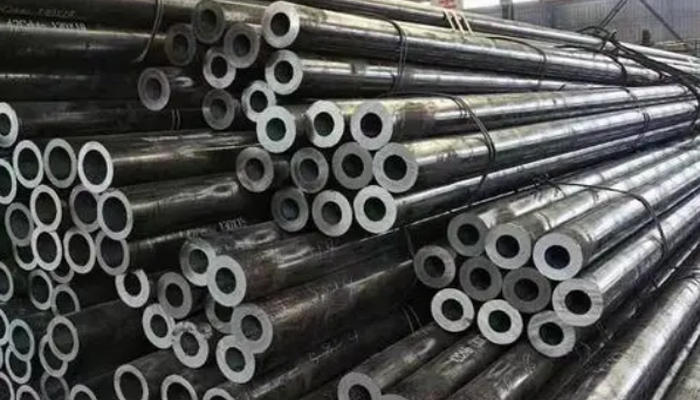Stainless steel pipes are popular in various industries due to their durability, corrosion resistance, and ability to withstand high temperatures. One of the most important factors to consider when using stainless steel pipes is their pressure rating. Today, we will explore the pressure rating of stainless steel pipes.
Stainless steel pipes are popular in various industries due to their durability, corrosion resistance, and ability to withstand high temperatures. However, there are still many questions and misconceptions surrounding their pressure rating.
In this guide, we will cover everything you need to know about stainless steel pipe pressure rating, including how it is determined, the factors that affect it, and the importance of understanding it.
What is a stainless steel pipe pressure rating?
The pressure rating of a stainless steel pipe is the maximum pressure that the pipe can handle without failing. Performing a hydrostatic pressure test can determine it, which involves filling the pipe with water and pressurizing it to a specified level.

Factors Affecting Stainless Steel Pipe Pressure Rating
The pressure rating of a stainless steel pipe is affected by several factors. Including the type of stainless steel used, the pipe’s diameter, thickness, and length, and the operating temperature and pressure conditions.
Type of Stainless Steel
The type of stainless steel used in the pipe has a significant impact on its pressure rating. There are several types of stainless steel, each with its own unique properties and pressure ratings. For example, 304 stainless steel has a lower pressure rating than 316 stainless steel, which plays an important role in high-pressure applications.
Pipe Diameter and Thickness
The diameter and thickness of the pipe also affect its pressure rating. A larger diameter pipe can handle higher pressures than a smaller diameter pipe, while a thicker pipe can handle higher pressures than a thinner pipe.
Length of the Pipe
The length of the pipe also plays a role in determining its pressure rating. A longer pipe is more susceptible to pressure drops and may require additional support. And reinforcement to maintain its pressure rating.

Operating Temperature and Pressure Conditions
The operating temperature and pressure conditions also affect the pressure rating of a stainless steel pipe. Higher temperatures and pressures can reduce the pipe’s pressure rating, while lower temperatures and pressures can increase its pressure rating.
Determining the Pressure Rating
Performing a hydrostatic pressure test can determine the pressure rating of a stainless steel pipe. Which involves filling the pipe with water and pressurizing it to a specified level. The pressure rating is then calculated based on the pipe’s diameter, thickness, and length, as well as the operating temperature and pressure conditions.
Conclusion
In conclusion, the pressure rating of a stainless steel pipe is an important factor to consider when using it in various industries. Several factors can affect the pressure rating. Including the type of stainless steel used, the pipe’s diameter, thickness, and length, and the operating temperature and pressure conditions. Understanding these factors and determining the pressure rating of a stainless steel pipe. It is essential for ensuring the safety and efficiency of the system.
